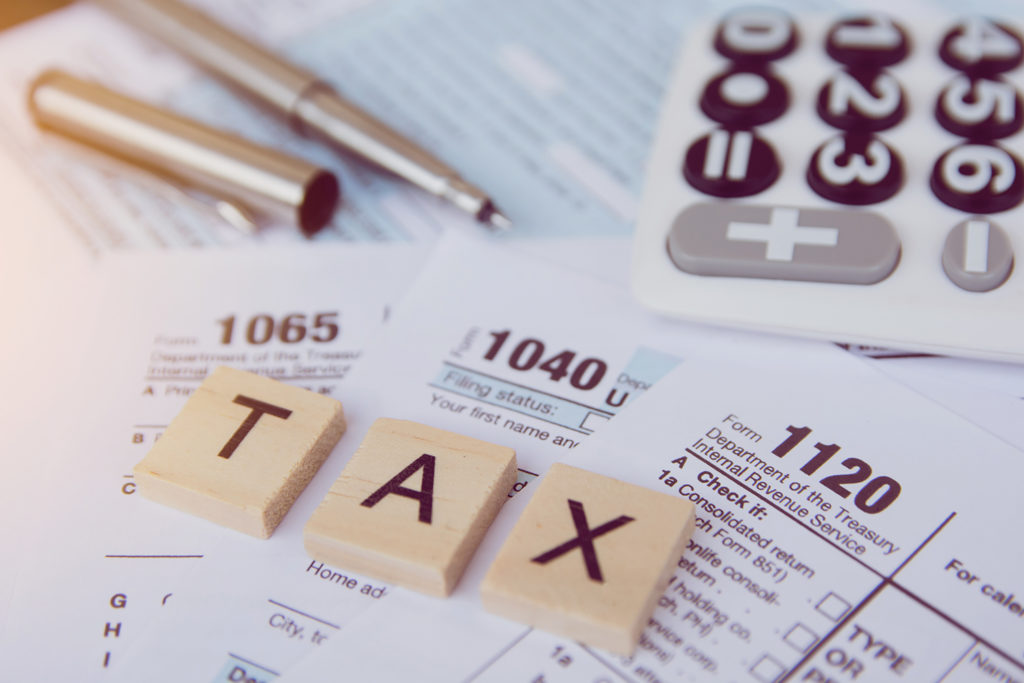The market decline and the CARES Act provide long-term planning opportunities that don’t come around very often.
You might be surprised to know that we view bear markets with the same eye for opportunity as we view bull markets. Here are four techniques that are especially applicable to this bear market, including one created by the Coronavirus Aid, Relief and Economic Security (CARES) Act.
- Tax Loss Harvesting
One highly valuable opportunity in down markets is tax loss harvesting. Tax loss harvesting provides a couple of key advantages. We have been doing this where appropriate.
First, the loss from the sales can be used to offset future gains, and a small portion of the loss ($1,500 for single, married filing separately or $3,000 for married filing jointly) of the loss can offset ordinary income.
For example, if you were single, harvest $100,000 of losses this year and only end up recognizing $10,000 of capital gains, you will pay no tax on the recognized capital gains, and get a $1,500 deduction against ordinary income. You can also carry over the remaining $88,500 against future years’ capital gains.
Tax-loss harvesting can also help get a “stuck position” unstuck. If you have accumulated significant gains in a single position, such that it is now outsized compared to the rest of the portfolio, but you are hesitant to trim back due to the tax implications, offsetting the gains with losses harvested in other parts of the portfolio can help bring the overall portfolio into line with your goals, without incurring a big tax bill.
Since capital gains can create a variety of painful interactions with Social Security benefits, ordinary income tax and net investment income tax, harvesting losses can have an outsize positive impact on your overall financial plan.
There are a few cautions to be mindful of when executing a tax loss harvesting strategy. The last thing we want to do is sell desirable holdings into a market trough and leave the proceeds in cash, so evaluating the tax impact against the impact on the portfolio’s overall strategy is important.
We can identify alternate portfolio holdings to purchase, after the sale of the original holdings, which meet your risk/return profile.
- Roth Conversions
A second technique to be evaluated during times of market stress is Roth conversions. One of the most common problems for retirement plans is an overabundance of IRA money that causes future required minimum distributions (RMDs) to be greater than your need for spending, subjecting each dollar of excess RMD to your highest marginal tax rate.
In this situation, you would convert all or a portion of your conventional IRA to a Roth IRA and pay income taxes on the amount converted. This may make sense when the owner is in a lower tax bracket. If you have an IRA invested in XYZ stock which is down 30% and convert in-kind to a Roth, because you pay taxes on the fair value of the conversion, when XYZ stock recovers, you will have made the gain tax-free (assuming future tax law does not change).
- Skip the RMD (CARES Act)
The recently passed Coronavirus Aid, Relief and Economic Security (CARES) Act allows IRA owners who would otherwise be subject to required minimum distributions to forego making those distributions in 2020.
The option to skip the RMD is not just applicable to “regular” RMDs, but also to initial RMDs for people who turned 70 ½ in 2019 but decided to forego their initial RMD until tax year 2020, and also to inherited IRAs. There are specific opportunities to consider with each.
The initial RMD would need to have been taken by April 1, while the regular RMD for 2020 would have needed to be taken by Dec. 31. If the initial RMD was taken within the last 60 days, it could be rolled over into an IRA as an indirect rollover, accomplishing the same result as skipping it.
People who have taken their initial RMD, but are out of the 60-day window, or had to take separate RMDs from multiple accounts won’t have the option to do the 60-day rollover due either to the timeline or to the “one rollover per year” rule, at least not for the totality of RMD amounts.
If you were impacted by COVID-19 (specific rules apply here), you can recontribute the amount withdrawn to the IRA and it will be treated as a loan, wiping out the tax consequences of the withdrawal. The re-contribution option is available for regular RMDs in addition to the initial RMD if taken after January 31st.
- Poor on Paper
There is another alternative that sometimes makes sense — often referred to as “poor on paper.”
If you have nonqualified accounts and can live off the combination of Social Security and principal withdrawals, it may be possible to have an unusually low income year in 2020, which may qualify you for a variety of other benefits.
For some, this might mean relief from local property taxes on the primary residence. For others, it could mean qualifying for a health care subsidy under the Affordable Care Act.
Market declines should be viewed as opportunities to stick to investment strategy, while looking for financial planning opportunities that only occur once every several years. It may be a good time to schedule a ‘planning checkup’ with your Certified Financial Planner™ professional at Certified Financial Group to see what opportunities can work for you.
We’re happy to set up a virtual meeting to review your portfolio and help you continue ‘Planning Tomorrow . . . Today!® Call for an appointment!
| During this time of social distancing, Certified Financial Group remains open M-F, 8:30-5:30. If you have questions, please call us, schedule a time to meet with us safely in our office or virtually. Stay safe and stay well! |

